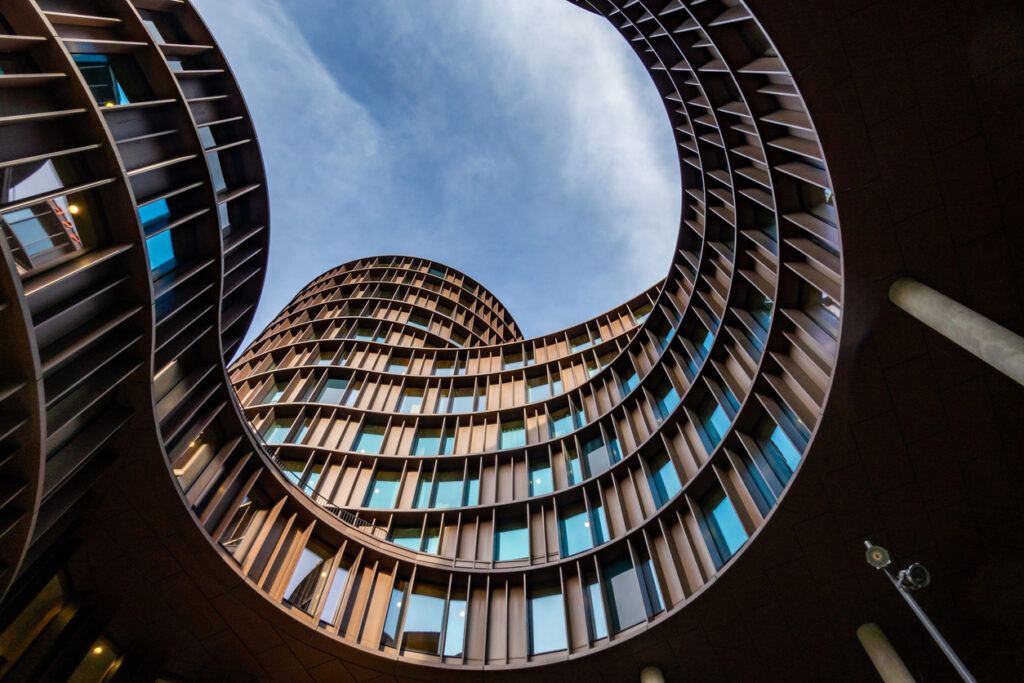The world of building management is evolving at an unprecedented pace, and with it comes a groundbreaking approach: Smart Building as a Service (SBaaS). This service-based model revolutionizes the way smart technology is utilized in buildings, offering cutting-edge automation and energy management through a subscription, making it more accessible for a wide range of industries. SBaaS is transforming building operations by blending advanced technology with financial flexibility, creating new opportunities for businesses of all sizes.
What Exactly is SBaaS?
Smart Building as a Service delivers a suite of technologies and services—like HVAC, lighting control, energy optimization, occupancy sensors, and security systems—through a subscription-based model. This subscription approach removes the need for hefty upfront investments, which have historically been a barrier for smaller property owners and businesses. Now, even those with limited budgets can integrate state-of-the-art smart building technologies.
Instead of purchasing and maintaining expensive hardware and software, subscribers can access the latest innovations without dealing with equipment obsolescence or high capital costs. SBaaS is leveling the playing field, giving small and medium-sized enterprises (SMEs) access to advanced building management systems (BMS) that were once only available to larger corporations.

The Shift Toward Accessibility
Until now, smart building technology has largely been reserved for big companies with deep pockets. Implementing a comprehensive BMS involved substantial capital expenditure, requiring significant spending on equipment, software, and integration, not to mention the ongoing costs of maintenance and updates.
SBaaS changes this dynamic by spreading the costs over time, turning what was once a daunting capital expense into an easily manageable operational one. This not only makes advanced building management systems more accessible to smaller businesses but also provides flexibility for managing budgets and cash flow. With maintenance and updates handled by the service provider, subscribers benefit from continuous access to cutting-edge technology without the burden of costly upgrades or the risk of becoming outdated.
The Advantages of SBaaS
- Lower Upfront Investment: SBaaS eliminates the need for large capital investments. Instead, businesses pay an ongoing subscription fee, allowing them to allocate resources more efficiently.
- Access to the Latest Tech: By subscribing, businesses stay up to date with the most advanced building automation tools. The service provider ensures that the system is continuously improved with new features.
- Scalability: As needs evolve, SBaaS can easily scale to accommodate growth without requiring a significant overhaul of the infrastructure.
- Operational Support: With ongoing management, including troubleshooting and optimizations handled by the provider, building managers can focus on core business functions, confident that their facilities are operating efficiently.
- Energy Efficiency and Sustainability: Continuous monitoring allows for the optimization of energy use, which can lower operational costs and support sustainability goals. This is especially important for businesses aiming to reduce their environmental impact.
- Data-Driven Insights: Advanced analytics, often included in SBaaS, allow for informed decision-making, improving resource allocation, occupant comfort, and overall building operations.

Key Players in the SBaaS Ecosystem
SBaaS is powered by a broad range of contributors, from tech developers and service providers to property owners and building managers. Technology companies are responsible for creating the software and hardware, while service providers bundle these innovations into accessible solutions for businesses of all sizes. Facility managers, especially those managing older or smaller buildings, are increasingly turning to SBaaS to modernize without breaking the bank, and tenants benefit from the improved comfort, safety, and efficiency of these smarter buildings.
Challenges to Consider
Despite the many benefits, there are a few considerations to keep in mind. For one, SBaaS requires reliance on external providers for critical building functions, which raises questions about control and data ownership. It’s important for building owners to review service agreements carefully to ensure they maintain the appropriate level of control over their building’s operations and the data it generates.
Additionally, service reliability is another key factor. SBaaS is only as dependable as the provider, so it’s crucial to choose a vendor with a strong track record of uptime and customer support.
Customization may also present a challenge, as not all SBaaS solutions are fully tailored to the specific needs of every building. Building owners should assess whether the available services meet their unique requirements or if adjustments will be needed.
The Future of Building Automation
SBaaS is more than just a passing trend—it represents a fundamental shift in how buildings are managed. As more businesses recognize its benefits, SBaaS adoption is set to grow rapidly. With continuous advancements in technology, the offerings of SBaaS will only improve, making smart building automation more efficient and accessible.
In an age where energy efficiency, sustainability, and cost management are crucial, SBaaS provides a practical solution. It democratizes smart building technology, enabling even smaller players to stay competitive while contributing to a greener, smarter future.
As this model continues to expand, we’re on the brink of a revolution in building automation. SBaaS is shaping a future where buildings are more efficient, responsive, and sustainable, paving the way for better living and working environments across the globe.


